A Smartphone converted into a Keyboard is Bringing Classrooms to Life in Rural India
Introducing WebBox. This teacher centric technology is taking education to a different level in amazing ways. From conceptual learning to multimedia tools, this intervention is showing tremendous positive impact. Here's how.
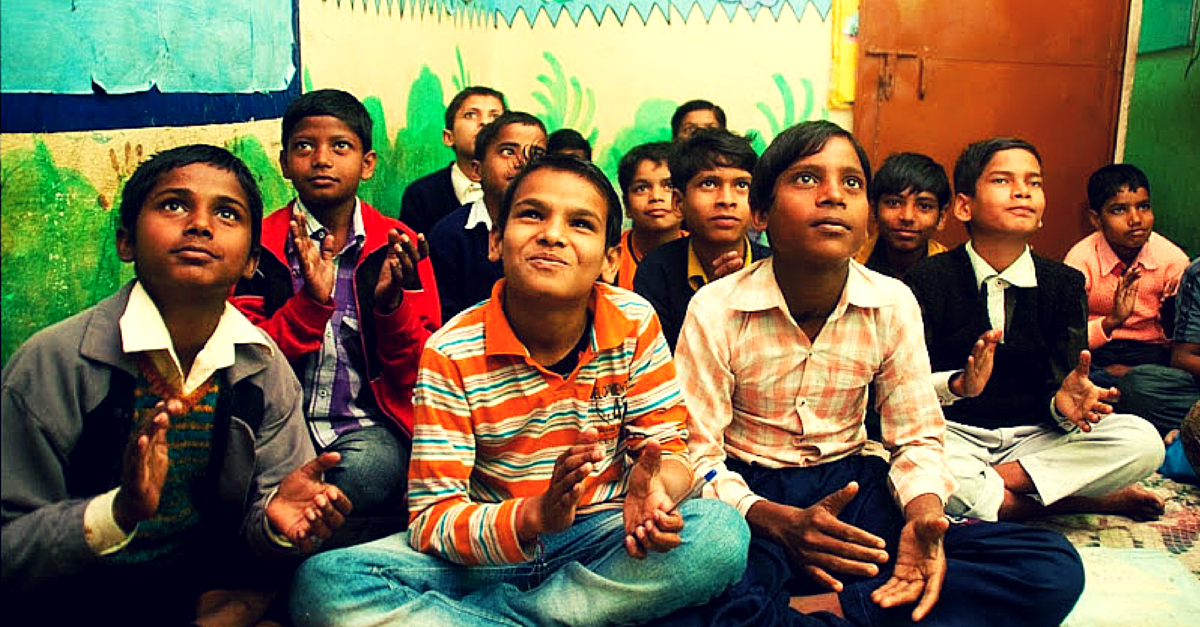
WebBox, a teacher-centric mobile technology solution, is taking education in low income and government schools to a completely different level. From conceptual learning to multimedia tools, this intervention is showing a tremendous positive impact. Here’s how.
Miss. Sood, a teacher in Chaura Maidan government school in Uttar Pradesh, is teaching her students about the evolution of silk and ways in which it is processed. She starts the class in a traditional way wherein she asks the students a few questions related to the topic. Sood then uses the ‘SEE’ section of an interactive teaching tool to show the kids a video on the process of making Silk.
After this, the theory class proceeds to the “DO” section of the same tool, which consists of practical examples, demonstrations and “learning by doing”. The students, who otherwise rarely pay attention in class, seem curious and excited to be a part of this new classroom.
This is just one example of how the innovative ‘Learn, Out of the Box’ initiative is subtly changing the education paradigm in schools for economically challenged kids.
The new way to make kids learn by doing
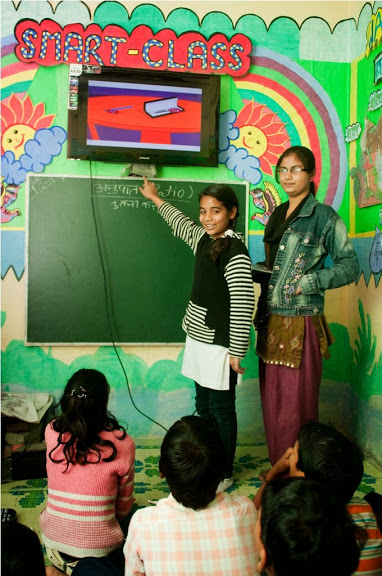
At a time when tablets and smartphones are replacing books in many schools, here is a new technology which is taking education for lesser privileged children to a different level. This initiative aims at introducing technology in classrooms to improve learning outcomes.
We are talking about WebBox. Designed by Vodafone Solutions (Emerging Markets) team and Pratham Education Foundation. This interesting technology solution is a smart phone repackaged as a keyboard – serving as a low cost smart class platform.
Designed to cater to the needs of schools with economically backward students, WebBox is a technology not for students but for teachers to improve their standard of teaching, which makes it different from other technologies being implemented today.
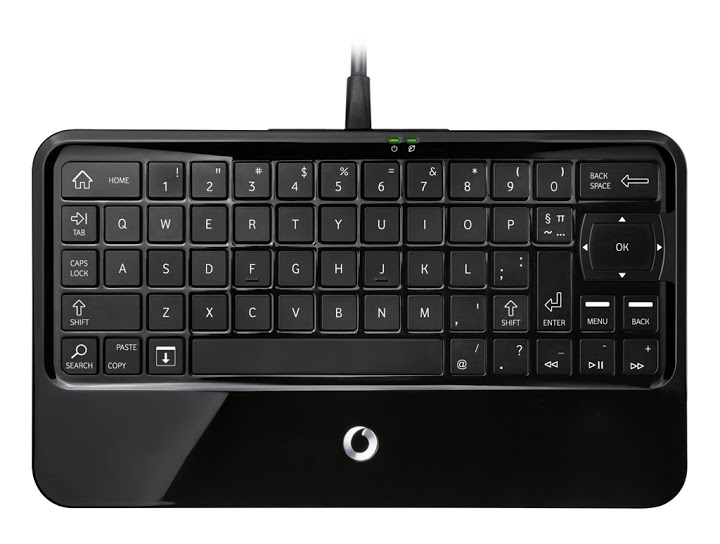
This smartphone-converted-into-a-keyboard can be connected to a TV or a projector and can also be used to browse the internet through a SIM card. The teachers can have access to videos, images, graphics and other multimedia tools to make learning more interesting for their students.
The curriculum stored in WebBox is not only interesting and fun but also aligned with the state curriculum. In addition to the WebBox, schools will also be given a TV or a projector to facilitate teachers to use various creative methods of teaching. The idea is not to replace teachers but to assist them in making education more powerful and interesting in some of the most backward areas in the country.
The focus of the project is on government schools, low-income private schools and NGOs, and the team aims to reach 1,000 schools and impact over 50,000 children in the next three years.
How was the program implemented?
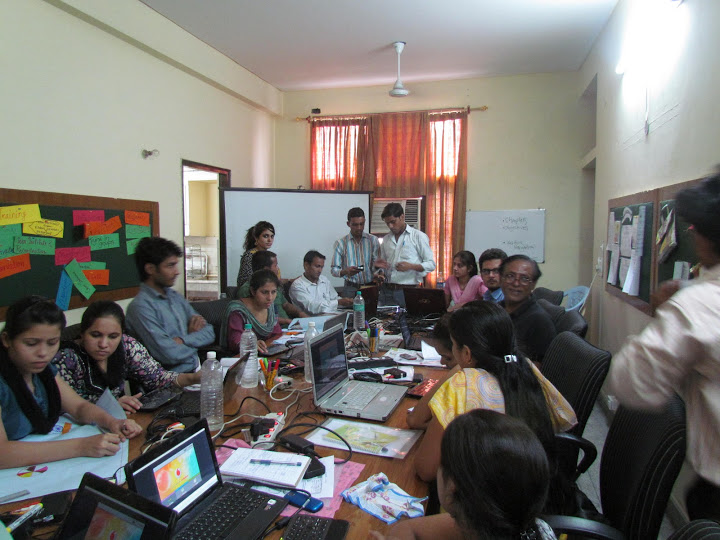
Launched in 2012 with a month-long pilot program in two schools, the initiative has gradually scaled up and has reached out to thousands of students so far. In Phase 1, the program focused on 6th and 7th grade students of English-medium schools. Special emphasis was laid on Maths and Science.
The program provides a teaching technology tool with curriculum-aligned content; all supplementary hardware required; holistic teacher training designed to help teachers integrate technology into their classroom; on-going teacher guidance including lesson-planning support and technical troubleshooting to make the program more user friendly and long lasting. In states where Pratham works with government schools, partnerships were formed with the SSA.
“It wasn’t very difficult to convince private schools, as the ones we’d approached were low income schools in areas that had never seen this kind of technology. Considering it was being provided free-of-cost, most schools were very open to our intervention,” says the team.
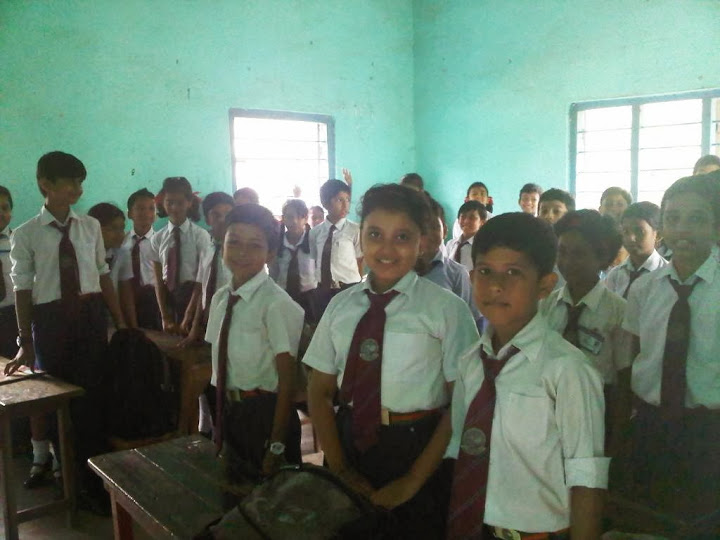
The project has already been deployed in 950 schools in 12 states of India and has impacted over 47,000 students. The initiative has also completed central level training for 100 staff members, where they saw a considerable increase in skill levels and capabilities across states and team members.
“Access to internet and YouTube has helped the teachers to use the technology in a better way. They have also effectively used the internet to teach concepts to students from other classes as well. Some of them have also used the in-built news apps to create awareness and increase general knowledge among the students. Many schools and teachers have used the content in the WebBox for science exhibitions,” says the team.
The impact

“The fact that teachers keep asking us for content for more classes means that they appreciate the intervention. It helps them to teach more effectively and it’s a very good tool for revision as well,” says the upbeat team.
A lot of the teachers Pratham works with were not very comfortable with technology at the beginning. But their confidence has improved over the years and a significant change in teaching styles has been observed. The classrooms are now more in sync with everyday lives where examples and discussions go beyond just what’s in the textbook.
The interactive content has captured the interest of the students and provided them with conceptual clarity. They have become more receptive to learning and are developing the ability of connecting concepts to daily life. More emphasis on learning by thinking and doing has also helped in understanding subjects better and has developed their participatory skills.
The challenges

While selecting beneficiary schools, a conscious effort was made to avoid areas that have electricity issues as the technology is highly dependent on electricity. In some cases load shedding was a huge problem and led to low utilization of the technology. Several technical issues due to power fluctuation forced Pratham to withdraw the technology from a few schools.
To solve the issue, in some cases the team managed to convince the school management to invest in generators to power the schools during load shedding.
Scaling up
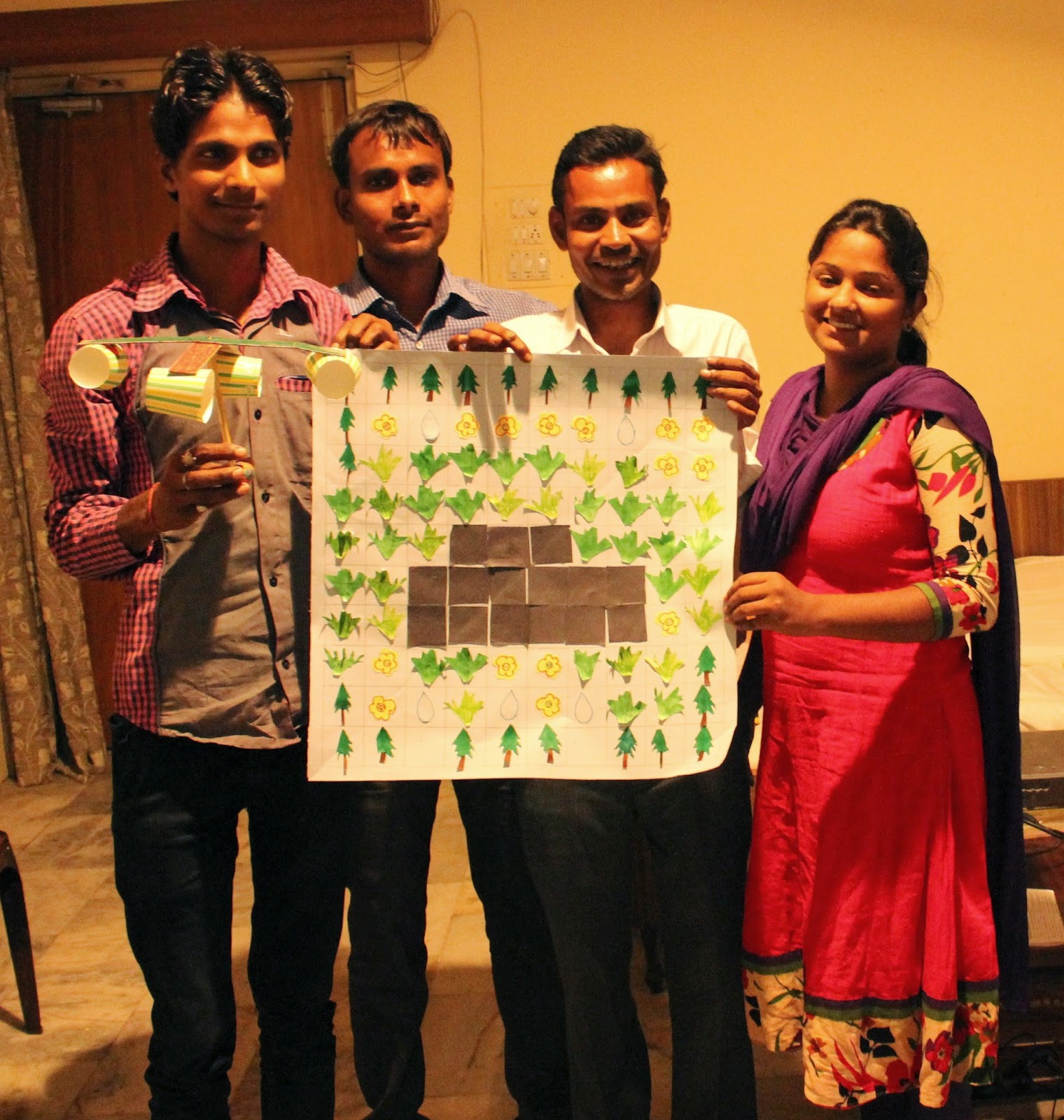
The team wants to consistently learn from and improve their program at every stage. Along with launching the WebBox they want to adapt and evolve to the diverse requirements and complexities of the various educational systems and institutions across the country.
The technology will be further updated and will be switched to tablets that connect to the TV through wireless technology. More content will be put into the tablets to cater to more students and classes.
“We look forward to involving the school management further and try building school networks, etc. We’re also going to focus on innovations within the classrooms and schools,” says the Learn, Out of the Box team.
Like this story? Or have something to share? Write to us: [email protected], or connect with us on Facebook and Twitter (@thebetterindia).

Similar Story

Stress Taking a Toll On Mental Health? These Free Online Sessions Can Help
“Taking care of one’s mental health is the first step to self-care,” say counsellors and therapists who are not stopping for the pandemic and providing online sessions all across the country, for free.
Read more >
If you found our stories insightful, informative, or even just enjoyable, we invite you to consider making a voluntary payment to support the work we do at The Better India. Your contribution helps us continue producing quality content that educates, inspires, and drives positive change.
Choose one of the payment options below for your contribution-
By paying for the stories you value, you directly contribute to sustaining our efforts focused on making a difference in the world. Together, let's ensure that impactful stories continue to be told and shared, enriching lives and communities alike.
Thank you for your support. Here are some frequently asked questions you might find helpful to know why you are contributing?


This story made me
-
97
-
121
-
89
-
167












